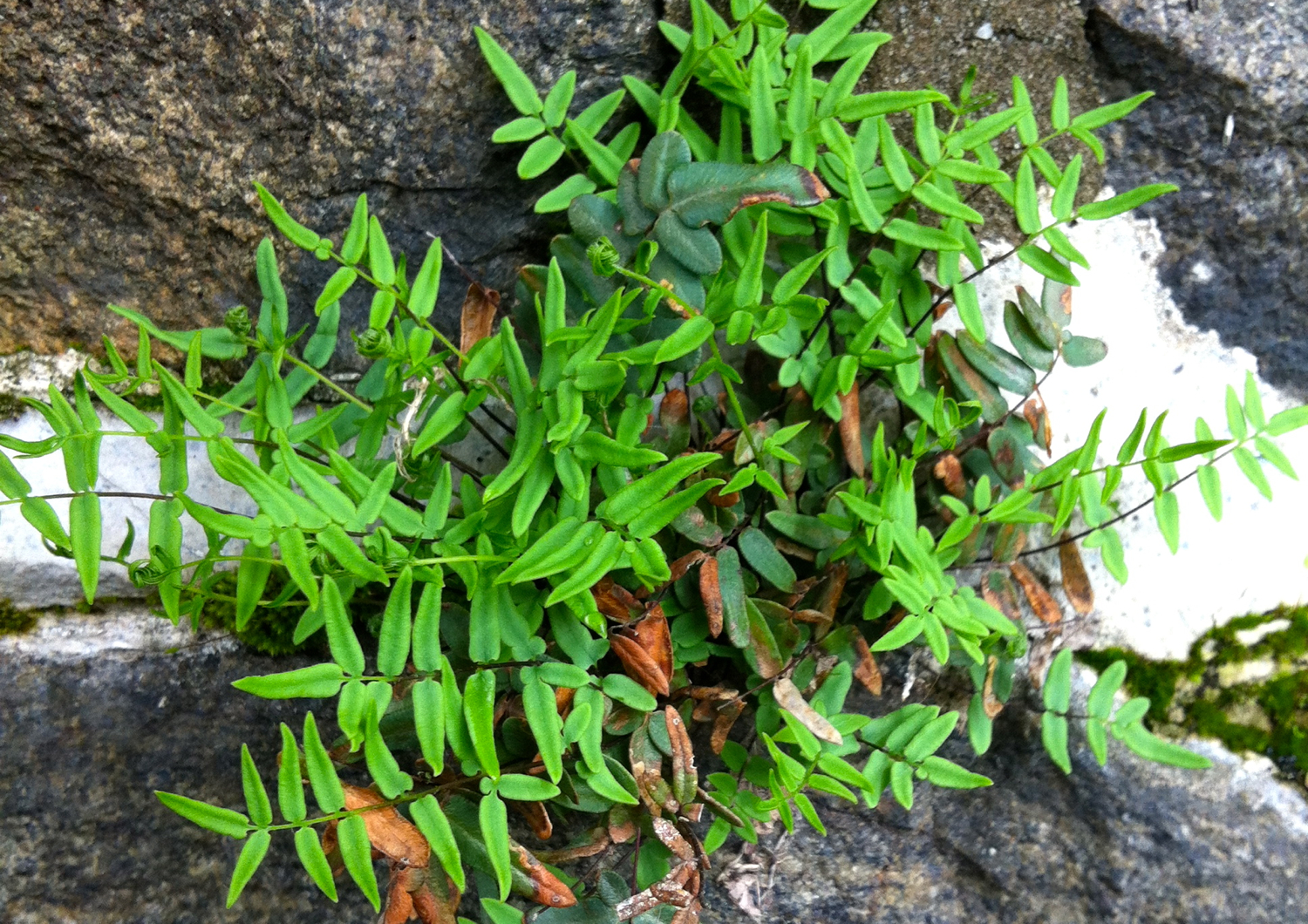Bicycle Botany: Rare Junk
/Actaully, it should be rare Juncus, and I should change the name of this post from Bicycle Botany to Soccer Botany, or perhaps Fotbol Botany.
One of the fun things about being a biologist is that I can often find great surprises in the strangest of places. For example I remember back in the early 80's when I was in college I visited New York City. It was a fall day and I was in lower Manhattan when I walked past a tiny park with only four of five trees in it. I heard a strange call coming from the top of one of the trees. I looked up to see a Western Kingbird. A rare bird for anywhere on the east coast, especially NYC.
As I have stated on my blog before, I enjoy going to see the Philadelphia Union Soccer games with my friend Steve. Also, as I have made mention of I have been knee deep in learning as much about Pennsylvania's plant life as I can this summer.
The photo above is the back end of parking lot C, where Steve and I like to park on game day. As you may notice, it is like any parking lot with various and sundry weeds around it's edges. This end of the parking lot is usually a mud puddle, or what a biologist would refer to as a wetland. Below is another look at the "wetland." That is our friend Dave looking back at me wondering what kind of nutcake would be so excited about a little mud puddle.
A common type of plant that you see in places like this are rushes in the genus Juncus. Juncus tenuis is particularly common, I see it just about everywhere here in Southeastern PA. This small "wetland" has a patch of Juncus growing around it and I assumed it was most likely Juncus tenuis, however, there are 29 different species of Juncus found in Pennsylvania and they are all very similar in appearance. So, after one game, I yanked a specimen out of the "wetland" to bring home to put it under my microscope for a closer look.
Much to my surprise, it wasn't Juncus tenuis, but instead Juncus dichotomus, one of the rarest plants in Pennsylvania! Commonly known as the forked rush, it is known from only 15 sites in Pennsylvania. Perhaps Parking Lot C is number 16. In an incredible stroke of luck, about about a week after identifying the plant from the mud puddle of Parking Lot C, I found another small population in the serpentine barrens of the Stroud Preserve, perhaps site number 17. Here is a poor photo of the plant. Even if the photo was great, it ain't much to look at, but pretty darn exciting if you are a biologist! Oh, by the way, it is the weed with the very straight grass-like leaves in a bunch in the middle of the photo. The fruit pods are the brownish-orange things that are out of focus.
FORKED RUSH Juncus dichotomus Elliott 10 June 2013, Chester, Delaware County, Pennsylvania.


























